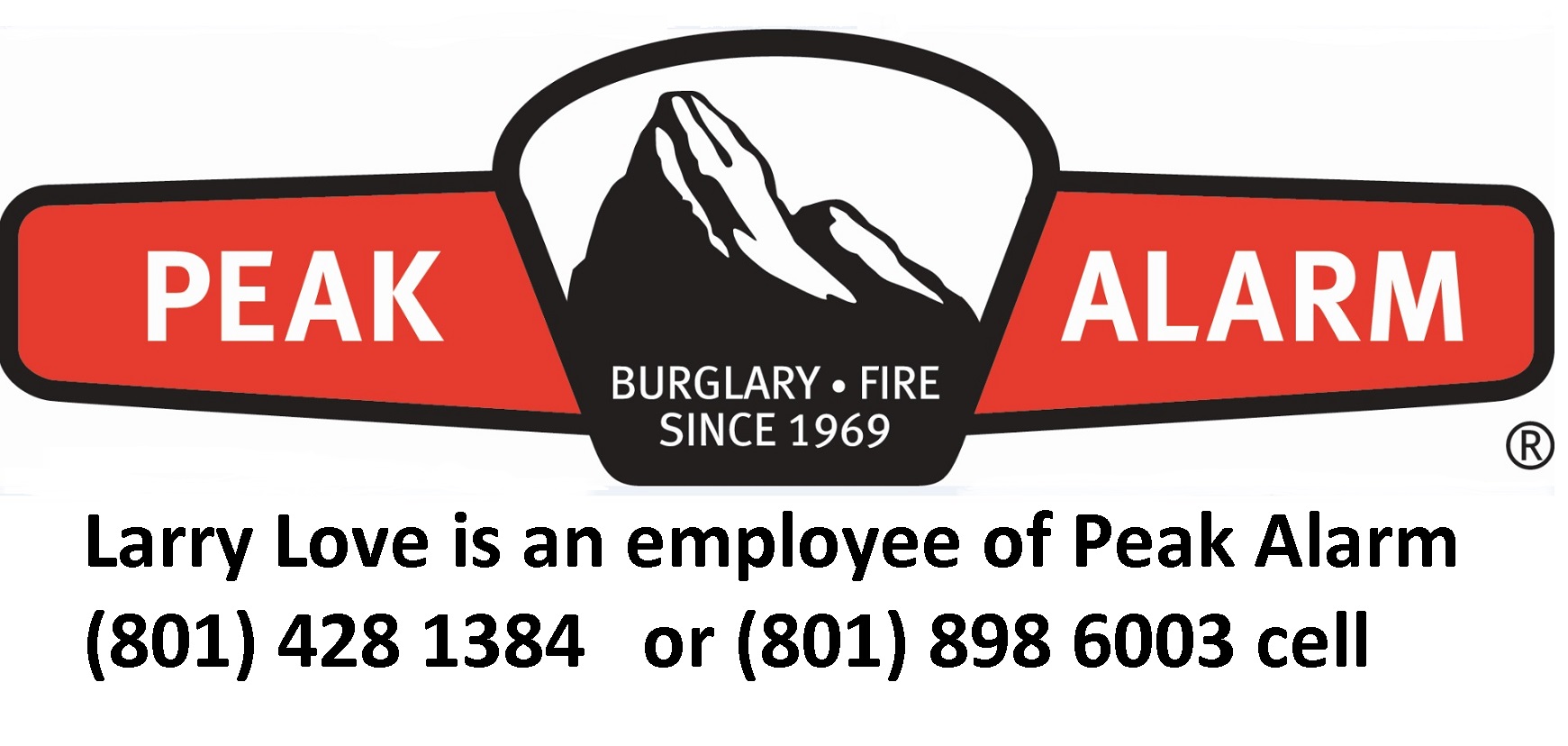Camera systems
Current technology camera systems can assist you to deter crime, document accidents, have camera footage for insurance companies as well as catch criminals and provide video to the police.
Cameras WIFI or HARDWIRED
We can install either wireless WIFI cameras or hardwired cameras in your home or business.
WIFI cameras need to have active excellent WIFI at the camera location as well as a close power connection to power the camera. When we install WIFI cameras we suggest that we also install an NVR recorder so you can go back and search video as well as see live video from your smart phones.
HARDWIRED cameras do not need power close by and as long as we have attic access or the ability to get a wire to the camera location and back to the recorder we can install the cameras just about anywhere. Outdoor cameras are also available as well as special cameras that can be adjusted if they are looking at a glass door that has a reflection caused by light. (Often a WDR camera can help in this case)
Picking the best camera for each use is important. Choosing specific lenses for each situation is smart.
Example: For many indoor situations in a home or small business a 2.8mm fixed lens is great when on a 2.1MP camera or 3,4 or above. For large warehouses or outdoor views depending on what you are trying to view a 2.8-12mm lens is better or even a 5-50mm lens. Once we review your project we can help which lenses are best for your situation.
PTZ Pan Tilt Zoom cameras cost more and for specific situations they are great so you can consider them as an option. We also have 180 or even 360 degree cameras or even license plate cameras that can store plate numbers in a spread sheet.
Peak Alarm offers several different brands of cameras such as Avigilon, Axis, and Digital Watchdog. If you need specific brands call Larry and he can consult with you with all your camera needs. We also have a special division that does the large trailer systems with solar arrays and such.
PURPOSES OF CAMERAS
TO CATCH CRIMINALS. Quite often the police will catch someone because of the newer video that people can give to law enforcement.
TO PROTECT: We installed cameras in a daycare and they were not hidden cameras and we found that two employees were hitting the children and they were let go within a month.
FOR INSURANCE PURPOSES . Once I reviewed the video of a grocery store since an employee had fallen and hurt himself. After the review of the video we found that another employee had chased him around with a can of hairspray and during the chase he fell and was injured.
TO DETER Criminal activity. Often just having cameras will reduce crime in a store or an area. One assisted living center was losing meat, milk and other food until we installed the camera system and then the shortages stopped.
TO TRAIN. Calling in an employee and letting them know you appreciate how they cleaned up the area without being told can help make your camera system even more effective. You could say "John, I was watching the camera system on Monday and noticed all the work you did after you stayed late. I appreciate that just wanted to let you know I will remember that when your annual review comes up. Now he will let the other employees know that you watch the cameras.
Installing the proper wire is imperative
proper cable matters
Most of the camera wires we install now are CAT cables not RG59 with 18g2c as shown. On my home I have 12 cameras and I installed both types of wire years ago when I had the installation done. My boss at Peak said, Larry you know that CAT6 is not going to work on your system, I explained to him that I understood that but I was thinking about the future. I did that so I would not have to pay a tech to get into the attic when I wanted to switch systems and cameras.
My cameras were great when I had them installed, they were 500 TVL and 700TVL but now a simple 2.1MP camera that has 2 million lines compared to one fourth of that makes a big difference. Most cameras now are 4MP or more.
I have a one TB drive and I get 9 days of storage with analog cameras. With higher resolution cameras understand that they take more storage. We have a special calculator that can determine all the factors, once you set the parameters of IPS Images Per Second, the resolution, hours of motion you want to record or 24 hours, the MP settings, compression settings we can determine exactly how much storage you need for a set amount of days.
On specific cameras you may want to set them at 8 IPS /FPS Images or Frames per second. On others you may want them to jump from a lower frame rate on motion.
When you install 4K cameras know that you will need a 4K monitor in order to see that high of resolution on your monitor.




